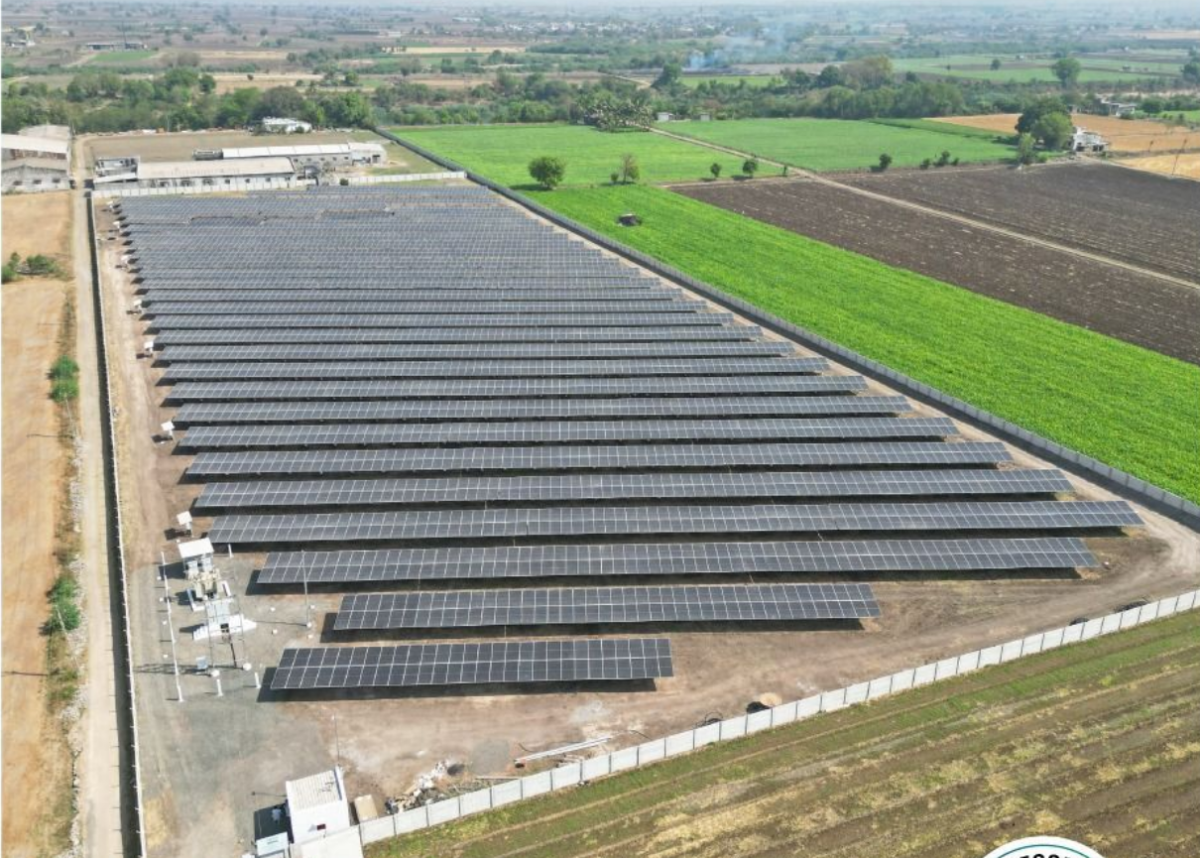India, the world’s third-largest emitter of greenhouse gases, is at a pivotal crossroads in its energy transition journey. With a population exceeding 1.4 billion and an economy set to become the third-largest globally by 2030, India’s energy demands are rising rapidly. However, these demands must be met while navigating the urgent need to decarbonize the economy. India’s commitment to achieving net-zero emissions by 2070 and the goal of obtaining 50% of its energy from non-fossil sources by 2030 presents a colossal challenge—but also a massive opportunity.
At the heart of this energy transition is the need for large-scale investments in renewable energy infrastructure, clean technologies, and sustainable practices across various sectors. Yet, as India strives to move away from its reliance on coal and other fossil fuels, financing this transition remains one of the greatest hurdles. The key challenge lies in de-risking investments to attract the necessary capital for a sustainable and low-carbon energy future.
India’s energy transition strategy is centred on scaling up renewable energy capacity, especially in solar and wind power, improving energy efficiency, and accelerating the development of green hydrogen. India’s target of 500 gigawatts (GW) of renewable energy capacity by 2030 requires an estimated $20 billion annually in investment through 2050 to decarbonize key sectors such as energy, transport, and industry.
However, investors remain wary of the risks involved in India’s renewable energy market. These risks arise from issues such as policy uncertainty, regulatory challenges, financial sector limitations, and delays in project execution, including land acquisition and approvals.
De-risking Investments: A Multi-Dimensional Approach
Government Incentives and Policy Support. To attract investment, the Indian government must continue offering strong policy support. Clear and long-term policy frameworks, such as the Production-Linked Incentive (PLI) Scheme and tax incentives for component manufacturing, can incentivize private sector investment. These incentives reduce the risks associated with project development, providing much-needed assurance to investors.
Risk Mitigation through Green Bonds and International Finance. Green bonds are an increasingly popular mechanism for financing renewable energy projects. India has already raised considerable funds through green bonds, but the potential for growth in this space remains enormous. These bonds offer low-risk, fixed-income investments in sustainable projects, attracting institutional and retail investors alike.
International financial institutions, such as the World Bank, Asian Development Bank (ADB), and Green Climate Fund (GCF), can further de-risk investments by providing concessional finance, guarantees, and technical expertise to support renewable projects. With their backing, renewable energy projects in India become more financially viable for private investors, allowing capital to flow into the sector.
Public-Private Partnerships (PPP). Public-Private Partnerships (PPPs) are an effective way to share risks and attract private sector participation in large-scale infrastructure projects. In India’s energy transition, PPPs can help provide long-term stability and financial backing. The government can share risks by offering land at a reasonable cost, guaranteeing a minimum level of energy off-take through power purchase agreements (PPAs), and streamlining approval processes.
These partnerships not only facilitate project financing but also ensure the execution of projects at scale. By reducing upfront costs and addressing challenges such as land acquisition and permitting, PPPs help smooth the path for renewable energy projects, ensuring private players can confidently make investments.
Insurance Mechanisms and Hedging. Renewable energy projects, especially those reliant on weather-dependent generation such as wind and solar, often face significant risks due to fluctuating weather patterns. To address this, weather-based insurance can be offered to protect investors from losses incurred by lower-than-expected energy production.
Additionally, currency risk remains a challenge for foreign investors. To mitigate this risk, financial products such as currency hedging instruments can be introduced, ensuring that investors are not exposed to the volatile fluctuations of the Indian rupee against global currencies. Such mechanisms will help make India’s energy transition more attractive to foreign capital.
Mobilizing Private Sector Capital. The private sector plays an essential role in financing India’s energy transition. Institutional investors, such as pension funds, sovereign wealth funds, and insurance companies, are increasingly looking for opportunities that align with their environmental, social, and governance (ESG) criteria. India’s renewable energy sector, with its robust growth potential and alignment with global sustainability goals, is an attractive investment avenue.
To tap into this capital, India must create well-structured green financing vehicles, such as green infrastructure funds and impact investing funds, and offer transparent frameworks for tracking and reporting ESG performance. By creating a regulatory environment that promotes sustainable investing, India can unlock the potential of private capital to fund its energy transition.
India’s energy transition offers a blueprint for developing countries that are also grappling with the dual challenge of economic growth and sustainability. Financing this transformation requires a collaborative approach involving the public and private sectors, international financial institutions, and insurers. De-risking strategies—through policy support, green bonds, PPPs, and insurance mechanisms—are essential to unlock the billions of dollars needed to drive the shift to clean energy.
The views and opinions expressed in this article are the author’s own, and do not necessarily reflect those held by pv magazine.
This content is protected by copyright and may not be reused. If you want to cooperate with us and would like to reuse some of our content, please contact: editors@pv-magazine.com.








By submitting this form you agree to pv magazine using your data for the purposes of publishing your comment.
Your personal data will only be disclosed or otherwise transmitted to third parties for the purposes of spam filtering or if this is necessary for technical maintenance of the website. Any other transfer to third parties will not take place unless this is justified on the basis of applicable data protection regulations or if pv magazine is legally obliged to do so.
You may revoke this consent at any time with effect for the future, in which case your personal data will be deleted immediately. Otherwise, your data will be deleted if pv magazine has processed your request or the purpose of data storage is fulfilled.
Further information on data privacy can be found in our Data Protection Policy.